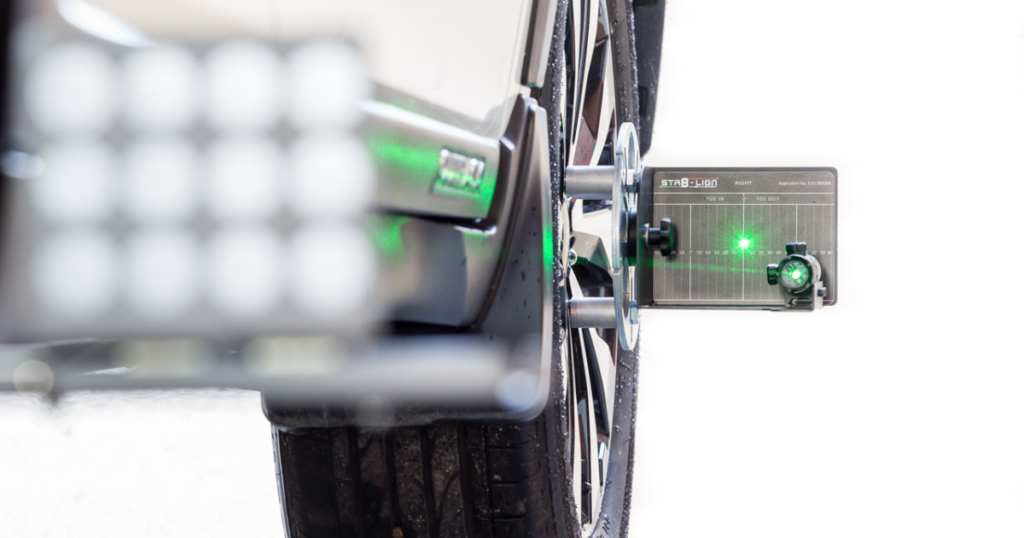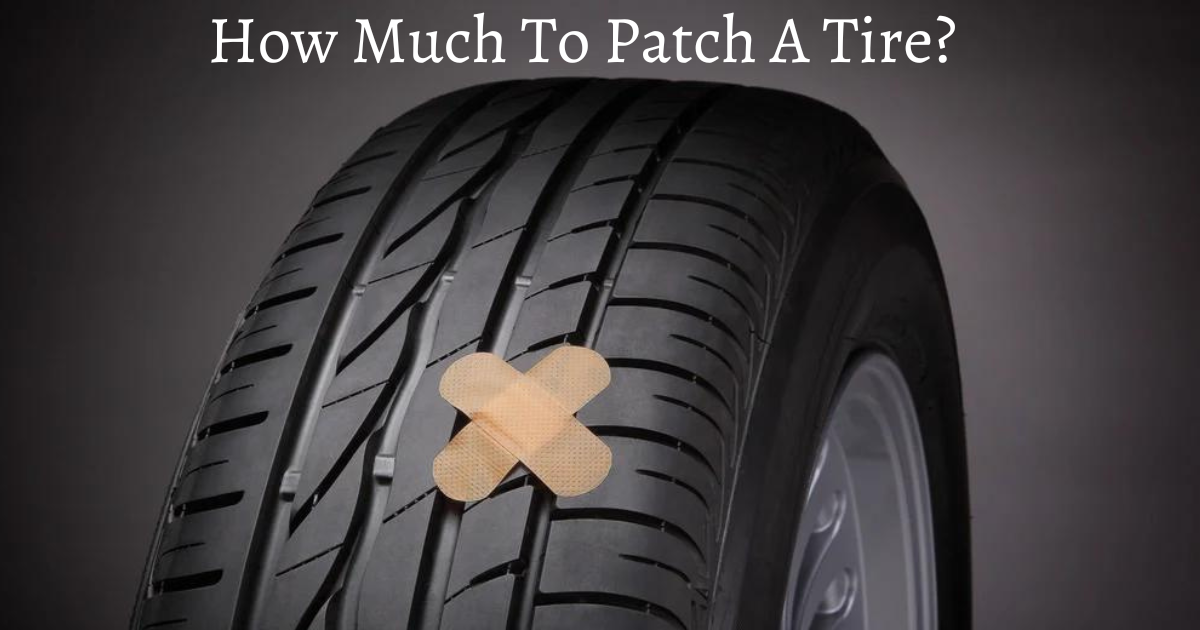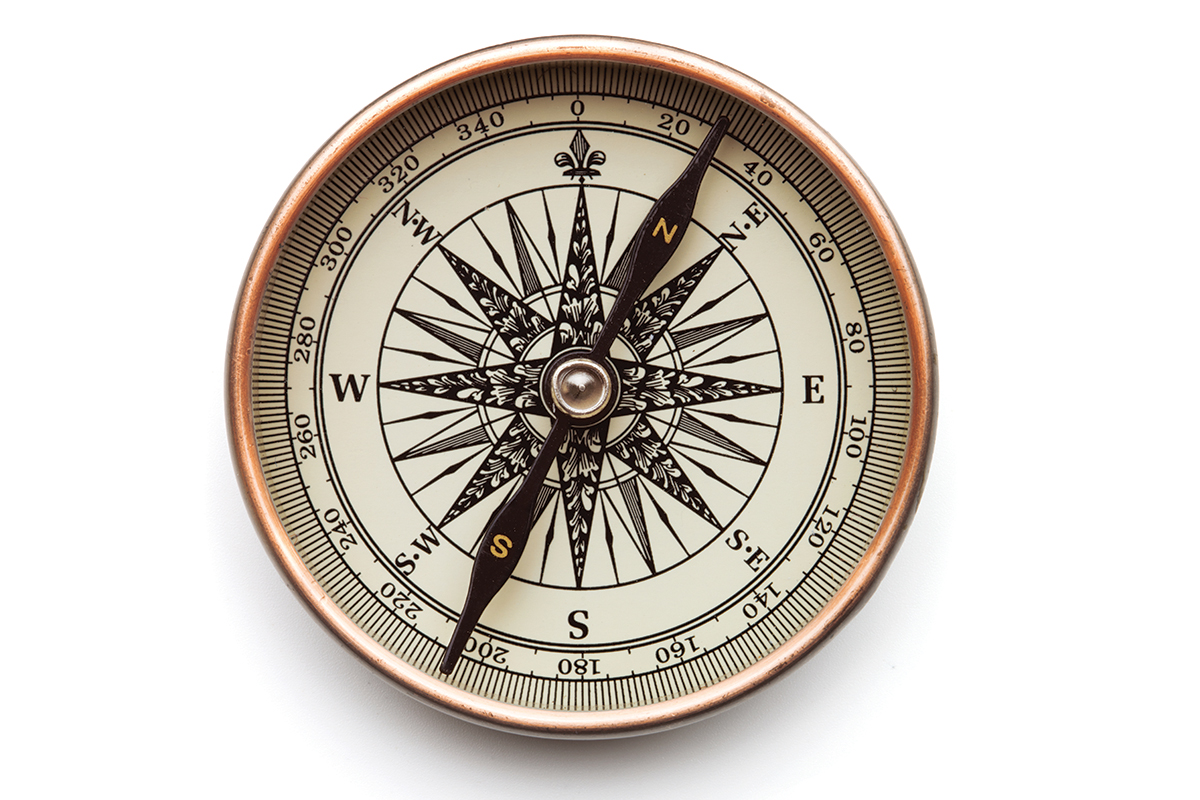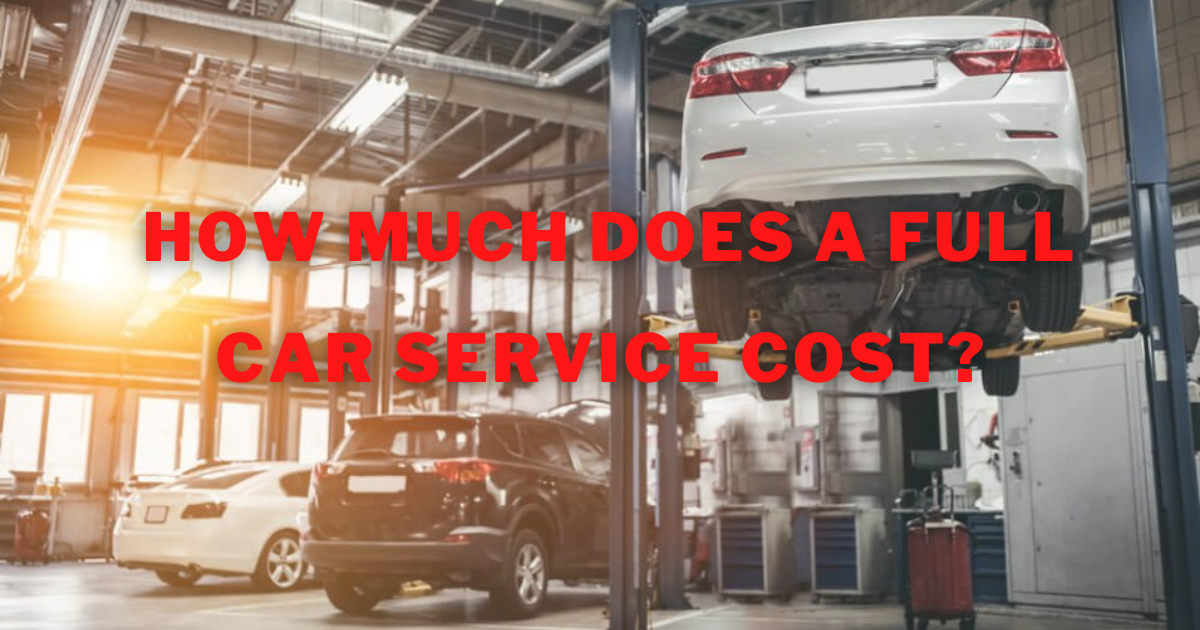
Walmart is a well-known one-stop store for all auto-related necessities, including tires, tire services, batteries, windscreens, oil checks, and a variety of other products and services. Walmart operates more than 2,500 Auto Centers in the United States, so locating one is quite simple.
Some Walmart stores used to offer wheel alignment services, but they no longer do. If you’ve ever wondered how much a Walmart tire alignment costs, you’ve come to the perfect place since that’s what this article is all about today.
Does Walmart Do Wheel Alignments?
Walmart used to charge between $50 and $100 for wheel alignment, depending on whether only the front wheels or all four wheels were to be aligned. But, Walmart has announced that they will no longer be giving tire alignment services after having previously done so until 2022.
While you can’t get a wheel alignment at your neighborhood Walmart anymore, the store offers a wide range of tire services, and it’s also one of the best stores to get car parts at a low cost. While your vehicle is in for routine maintenance, you can purchase new windscreen wipers, motor oil, and other accessories.
Other Auto Services Walmart Provides

Here are some of the services that Walmart provides at its auto centers:
- Oil changes: Walmart’s auto centers offer a variety of oil change services, including conventional, high mileage, synthetic blend, and fully synthetic oil changes. They use quality oil brands and provide a complimentary oil filter replacement with each service.
- Tire services: Walmart’s auto centers provide a range of tire services, including tire installation, rotation, balance, and repair. They also offer a selection of tire brands and sizes to fit a variety of vehicles.
- Battery services: Walmart’s auto centers offer battery testing and replacement services. They carry a variety of battery brands and sizes to fit most vehicles and provide a complimentary battery check with each service.
- Brake services: Walmart’s auto centers provide brake inspections, replacements, and repairs. They use quality brake parts and offer a lifetime brake pad and shoe warranty.
- A/C services: Walmart’s auto centers provide A/C system inspections, repairs, and recharges. They use environmentally friendly refrigerants and offer a warranty on A/C services.
- Suspension and steering services: Walmart offers suspension and steering inspections, repairs, and replacements.
- Fuel System Services: You can trust the Walmart auto centers to do a perfect job, from cleaning the car’s fuel system to fixing other related issues.
- Transmission services: Walmart offers transmission fluid and filter changes, as well as transmission flushes and repairs.
Other Stores That Offer Wheel Alignment
Car wheel alignment is one of the essential car care tasks. There are many car care stores throughout the US which provide wheel alignment at reasonable costs. These stores include:
- Pep Boys
- Firestone Complete Auto Care
- Sears
- Goodyear
- Les Schwab
- Jiffy Lube
- Big O Tires
- Tire Discounters
- Midas
- Mr. Tire
- Tires Plus
What is Wheel Alignment?

Wheel alignment, also known as tire alignment, is the process of adjusting the angles of the wheels so that they are perpendicular to the ground and parallel to each other. Wheel alignment ensures that the vehicle’s tires are making proper contact with the road surface, providing optimal handling, steering, and tire wear.
If the wheels are not properly aligned, it can result in uneven tire wear, decreased fuel efficiency, poor handling, and even safety issues. It’s recommended to have a wheel alignment performed periodically, as specified by the vehicle manufacturer, or whenever you notice any symptoms of misalignment.
Why is Wheel Alignment Important?

Proper wheel alignment is essential for several reasons:
- Improves safety: Proper wheel alignment ensures that your car handles safely and predictably on the road. Misaligned wheels can cause the car to pull to one side, making it difficult to control and increasing the risk of accidents.
- Increases fuel efficiency: Correct wheel alignment reduces rolling resistance, which means that the car doesn’t have to work as hard to move forward. This can improve fuel efficiency and save you money on gas.
- Extends tire life: Misaligned wheels cause uneven tire wear, which can lead to premature tire replacement. Proper wheel alignment ensures that the tires wear evenly, extending their lifespan and saving you money on replacements.
- Improves handling and ride comfort: When the wheels are properly aligned, the car handles and steers more smoothly, providing a comfortable ride for you and your passengers.
- Prevents premature wear on other parts: Misaligned wheels can put additional stress on other parts of the car, such as the suspension and steering systems. This can lead to premature wear and potentially costly repairs.
- Maximizes performance: Proper wheel alignment can help ensure that your car performs at its best, providing optimal handling, stability, and control on the road.
Signs That Your Wheels Are Misaligned
There are several signs that can indicate that your wheels are misaligned. Here are some common symptoms to look out for:
- Uneven tire wear: Misaligned wheels can cause the tires to wear unevenly. You may notice more wear on one side of the tire than the other or a feathering pattern where the tire tread appears to be smooth on one side and jagged on the other.
- Steering wheel off-center: If the wheels are misaligned, the steering wheel may not be centered when driving straight. This means that the steering wheel may be turned slightly to one side or the other.
- Vehicle pulls to one side: Misaligned wheels can cause the vehicle to pull to one side while driving, even when you’re not actively steering.
- Vibrations: Misaligned wheels can cause vibrations in the steering wheel or the car itself while driving.
- Poor handling: If the wheels are misaligned, the car may not handle them as well. You may notice that the car feels unstable or that the steering is not as responsive as it should be.
Methods of Wheel Alignment
These two standard methods include laser measuring devices and Bluetooth measuring devices. Both of them work in very similar ways. In comparison to laser alignment, Bluetooth alignment is considered to be more contemporary and modern. It is undoubtedly more accurate (when done correctly). But the laser works fine as well.
1. Bluetooth Wheel Alignment:

Wireless wheel alignment uses Bluetooth. The results of each wheel are displayed live on a connected computer monitor. These readings let the mechanic make adjustments and see the results in real time. When properly set up, these machines are accurate to within 0.1mm.
2. Laser Wheel Alignment:

This method uses laser technology to measure wheel alignment precisely. This work in a similar way to how Bluetooth alignment does. However, instead of displaying the results on a computer screen, a laser shines on the measuring object. The wheel alignment is done using this reading. The laser alignment is precise to about 1mm. But Bluetooth is the best way to go now if you want the most accurate results.
General Wheel Alignment Terms
1. Toe In/Toe Out:

Toe is one of the most important wheel alignment issues. When you look down at them, they can be positioned straight, in, or out, much like your toes on your feet. Because of this, when the toe is in, the wheels will point inward, toward the center of the vehicle. The converse is true in the toe-out condition. In this situation, the wheels will be facing away from the car.
2. Camber:

A tire’s relationship to the ground is described by its camber. Similar to the toe, this angle can also point inward or outward, but it’s compared to the vertical angle. The camber explains how the tire interacts with the surface of the road.
Both positive and negative camber angles will put the tires in a diagonal position with respect to the road. You may have seen this done on purpose to hot rods in your area to give them a unique look.
3. Caster:

The caster angle describes how the wheel hub assembly’s center relates to the ground. The caster has a significant impact on the car’s stability. A neutral caster maintains a perfectly straight vertical alignment. A negative caster angle is inclined towards the front of the car, whereas a positive caster angle is tilted back.
4. Crabbing:

Crabbing occurs when the thrust angle of the wheels is incorrect. The relationship of your vehicle’s back wheels to its center line is known as the thrust angle. You can see that the rear wheels are not parallel to the front when it is off. They won’t be positioned directly behind the front wheels.
This is why it is referred to as “crabbing” due to the appearance it presents. You must set the thrust angle correctly for Advanced Driver Assistance Systems (ADAS); otherwise, the sensors may not function properly or provide accurate results.
Wheel Alignment Procedure

Here are the steps for a typical wheel alignment procedure:
- Inspection: The technician will inspect your vehicle’s tires, suspension system, and steering components for wear and damage. They will also check the tire pressure, tread depth, and alignment angles to determine the current state of your vehicle’s alignment.
- Adjustment of tire pressure: Then, they will adjust the tire pressure to the manufacturer’s specifications.
- Setting up the equipment: After that, they will set up the alignment equipment, which consists of a computer, a set of cameras or sensors, and a wheel alignment machine.
- Positioning the vehicle: Then, the technician will drive the vehicle onto the alignment machine, making sure it is centered and level on the machine.
- Measuring the angles: The alignment machine will take measurements of the angles of the wheels, including the camber, caster, and toe. These measurements will be compared to the manufacturer’s specifications to determine if any adjustments need to be made.
- Adjusting the angles: If any of the angles are out of specification, the technician will make the necessary adjustments. This may involve adjusting the tie rods, camber bolts, or control arms.
- Test drive: Then, the vehicle will be taken for a test drive to ensure that it drives straight and handles well.
- Final check: The technician will make a final check of the alignment angles and make any necessary adjustments.
- Report: Finally, you will be provided with a report that shows the before and after measurements of the alignment angles, as well as any recommendations for future maintenance.
How Long Does a Wheel Alignment Take?
It will typically take an hour to complete a two- or four-wheel alignment process. If there are worn parts or damage to things like the suspension, bushings, or ball joint, it can take longer. If there are no issues, it may take less time than an hour.
Although some repair shops view a wheel alignment as a “drop-in” service, it is advised that you call and book one. If you decide to come by, be prepared to wait since walk-ins typically don’t get priority for non-critical auto servicing.
How Often Should You Have Your Wheels Aligned?
Your driving habits will determine how often you need to have your car’s wheels aligned. Manufacturer guidelines typically suggest having your wheels adjusted every 10,000 miles. This is just their suggestion. If your car is already showing signs of bad wheel alignment, you shouldn’t wait for 10,000 miles to have the wheels aligned.
Frequently Asked Questions:
Here are some frequently asked questions about wheel alignment:
Is Tire Rotation the Same as Wheel Alignment?
No, wheel alignment is necessary to adjust the angle of the tires so that everything is centered and aligned for comfortable travel and even tire wear. On the other hand, tire rotation calls for shifting the tire and wheel to a different location on the vehicle, whether it be diagonally or from the front to the back.
Can a Bad Alignment Mess Up My Wheels?
Yes, improper wheel alignment can lead to uneven tire degradation. That will result in premature wear and tear if it is not immediately fixed. It will make driving the car unsafe, especially when going fast.
A slight misalignment can reduce tire life by a few thousand miles, but a serious misalignment can cause tires to wear out in just a few hundred miles. Repairing them immediately can save you hundreds of dollars.
Are Wheel Balancing And Wheel Alignment the Same?
No, wheel balancing and wheel alignment are not the same. Wheel balancing corrects weight imbalances in the wheel and tire assembly, while wheel alignment adjusts the angles of the wheels to ensure they are parallel to each other and perpendicular to the ground. Both are important maintenance procedures but serve different purposes.
Conclusion
If you’re searching for a one-stop shop for auto repair, you might wonder if Walmart handles alignments, but they don’t. The majority of Walmart stores offer a wide range of auto services, but you will need to go somewhere else for a routine wheel alignment.
This may be due to a number of reasons, like the fact that alignment devices are costly to buy and maintain. However, they call for educated and skilled specialists, and it appears that wheel alignment services don’t have enough profit margins, at least not for Walmart.
However, there are still many options for getting your wheels aligned, so don’t put off the safety inspection any longer; misaligned wheels need your immediate attention.




